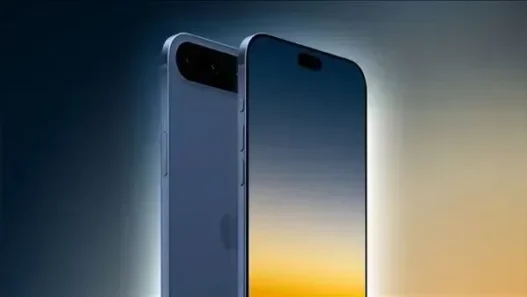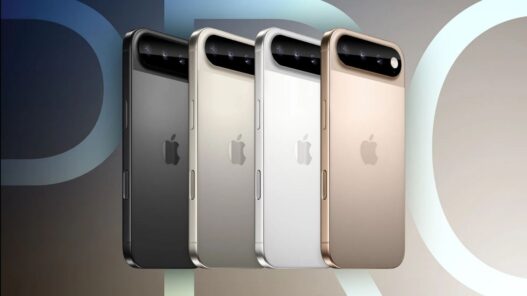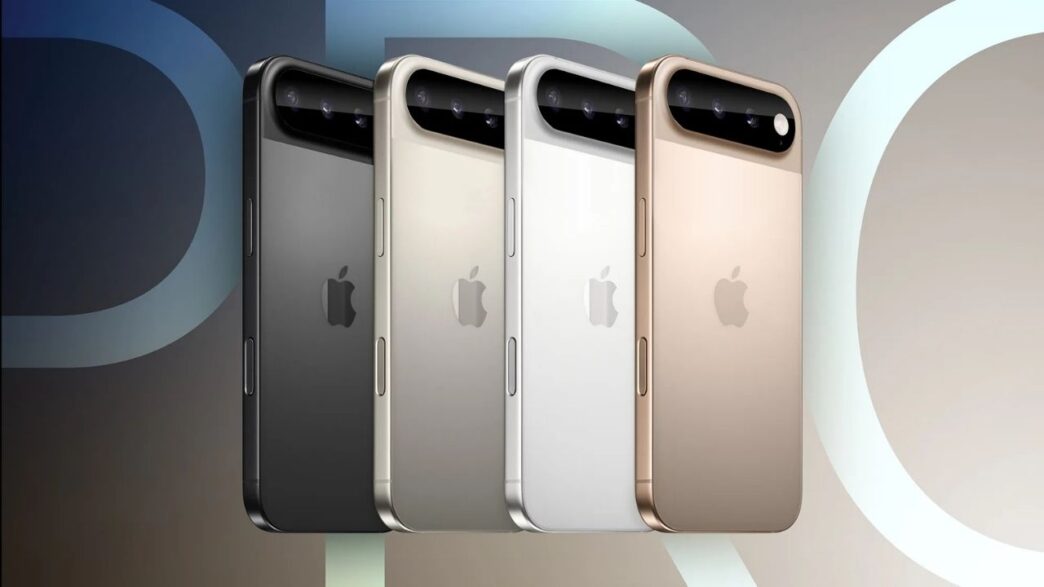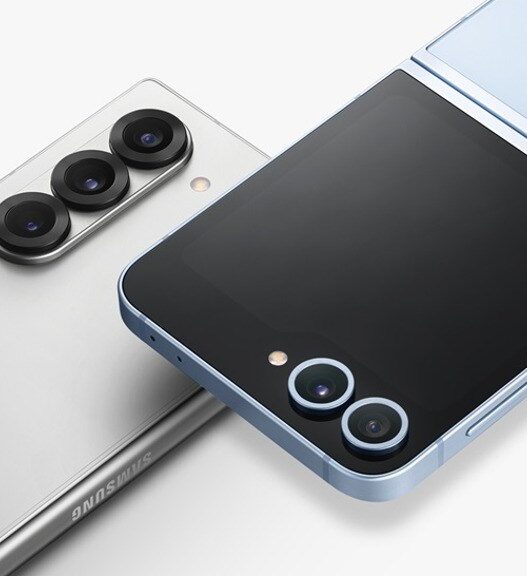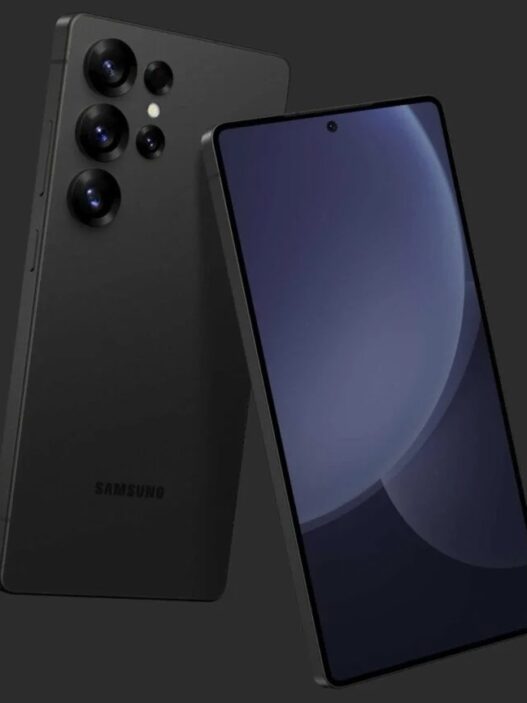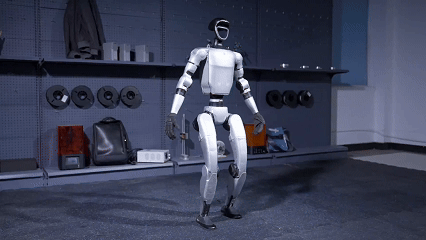The iPhone 17 Air is shaping up to be Apple’s slimmest smartphone to date, with leaks suggesting a 5.5mm-thick design. This would make it the thinnest iPhone ever, surpassing even some of Apple’s most compact models. While this ultra-thin form factor is exciting for design enthusiasts, it raises concerns about battery life. Typically, a slimmer body means a smaller battery, but Apple appears to have found a solution.
Apple’s High-Density Battery Could Solve Battery Concerns
According to Ming-Chi Kuo, a well-known Apple analyst, the iPhone 17 Air will use high-density battery technology, similar to what’s expected in Apple’s rumored foldable iPhone. This innovation allows for more energy storage within the same physical space, meaning the battery capacity may not be as compromised as some expect.
Apple has previously focused on battery efficiency rather than simply increasing battery size. The iPhone 17 Air seems to follow that philosophy by incorporating multiple optimizations to improve power management.
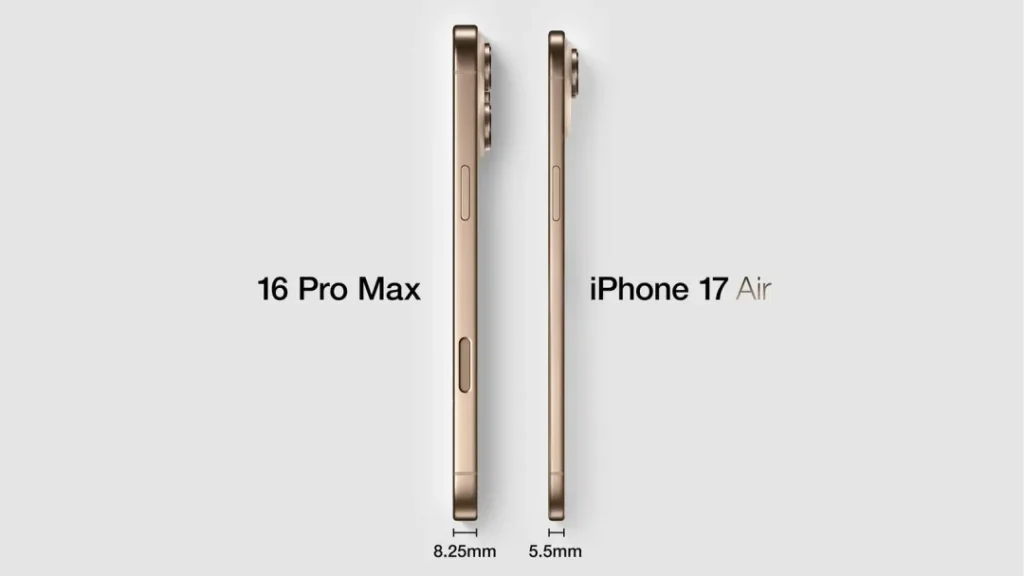
Three Key Battery Optimizations in iPhone 17 Air
Even with its ultra-thin design, Apple is making significant changes to ensure the iPhone 17 Air delivers a respectable battery life.
1. High-Density Battery Technology
By adopting a higher energy density, Apple can store more power in a physically smaller battery. This helps offset the typical drawbacks of thinner devices, reducing the risk of poor battery life.
2. Power-Efficient C1 Modem
The iPhone 17 Air is rumored to feature Apple’s custom C1 modem, which is designed to be more power-efficient than previous generations. Reducing modem-related power consumption can significantly improve overall battery longevity, especially in daily use.
3. Removing the Ultra-Wide Camera
To free up additional internal space, Apple may eliminate the ultra-wide camera from this model. While this might be a controversial decision for photography enthusiasts, it allows room for a larger battery while also slightly lowering power demands.
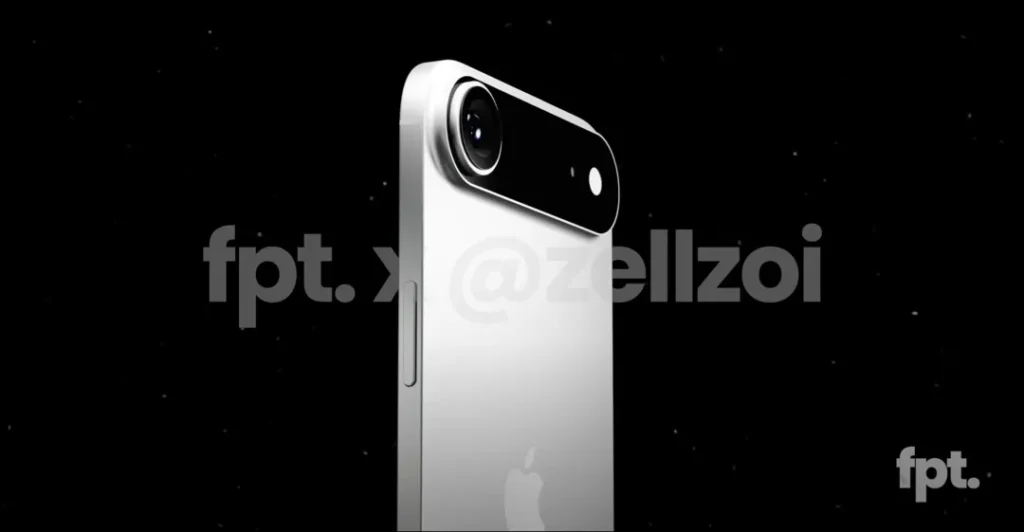
What This Means for Users
Apple’s approach with the iPhone 17 Air appears to be a careful balance between design and usability. The ultra-thin form factor will likely appeal to users who prioritize sleek aesthetics and portability, while the advanced battery technology ensures that usability isn’t sacrificed.
The iPhone 17 Air is expected to be announced in September, alongside the rest of the iPhone 17 lineup. Its positioning suggests Apple is targeting users who prefer lightweight and compact devices without compromising too much on performance.
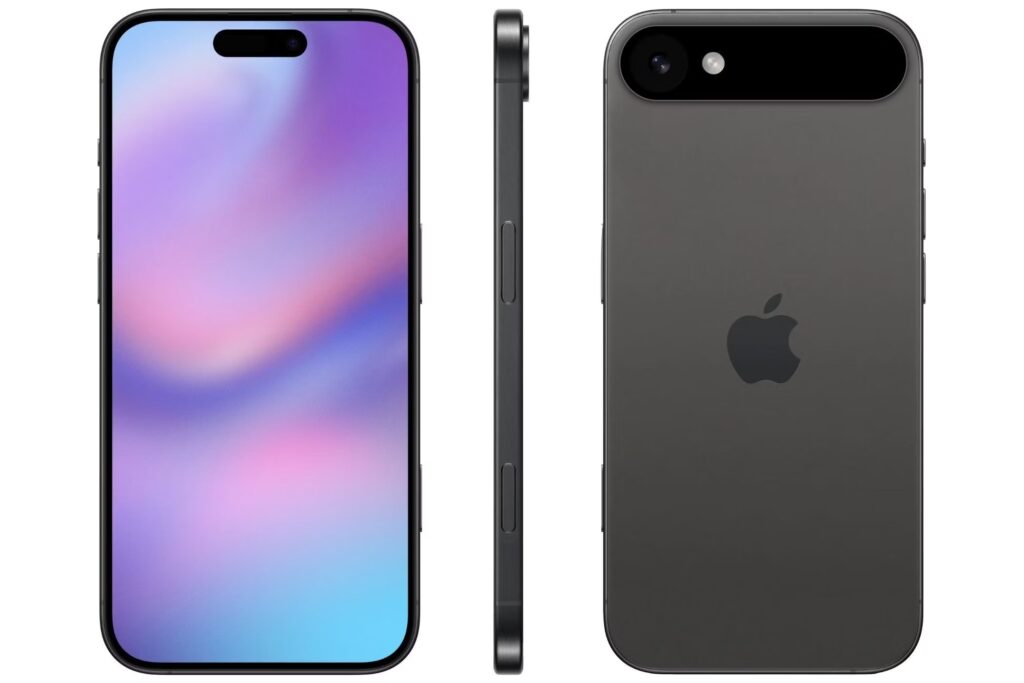
Final Thoughts
While ultra-thin smartphones often suffer from battery life limitations, Apple seems to have addressed this challenge with the iPhone 17 Air. The combination of a high-density battery, power-efficient modem, and optimized internal space could allow this device to deliver solid battery performance despite its compact design.
As the official launch date approaches, more details will emerge. If Apple successfully balances design, performance, and battery life, the iPhone 17 Air could be one of the most exciting releases in the iPhone 17 lineup.






